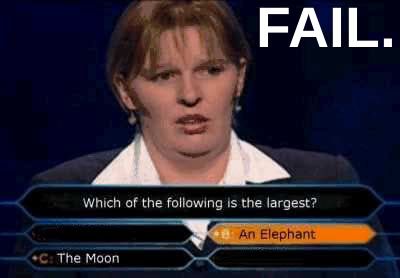DIRECT quote from online dictionary....
ad·just
3. To adapt or conform, as to new conditions: "able to adjust themselves to their environment"
sounds sorta like what happens when the clickers are moved. they adjust to the new condition (clicker change), then they are there forever and might as well be part of the governor cap, the ramp doesnt move during the normal operation of a TRA clutch therefor is unimportant in considering in your mass calculation.
The movement you speak of is centri***al force finishing the adjustment, if the ramp didnt MOVE then the clicker change would have NO affect, I have NEVER said the ramp did not move as part of the clicker adjustment, you just wont admit that the movement you speak of is part of an adjustment, once the adjustment is complete, NO MORE MOVEMENT OCCURS!!!!!
I completely admit that during the adjustment process movement occurs, just this movement does not not make the ramp create force into the flyweight in the sense we are thinking of. The ramp CANNOT move when the motor is running, if it does, somehow magical centripital forces are occuring larger then those of the centri***al forces of the arms and weights. The only forces the ramp creates is outwards onto the governor cap, but it is less then the force required to warp or alter the cup, so the ramp just sits and is forced against the wall, sorta like riding the Zipper ride at the fair, except the weights unlike people cannot create forces inwards on there own, as weights are inanimate objects. i hope this settles all arguments we want.
The only thing you need to say besides I am right is please explain why the weights have to be put into the mass calculations, and then please finish all your math so i can view it and we shall see how it looks then. And by math i wanna see units and some physics, then we will see who gets anything. Understanding the fundemental forces at play is important to making something work at an ideal state.


